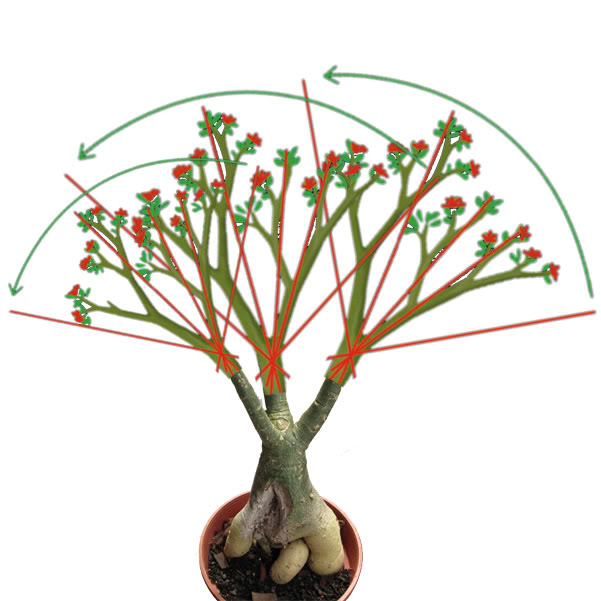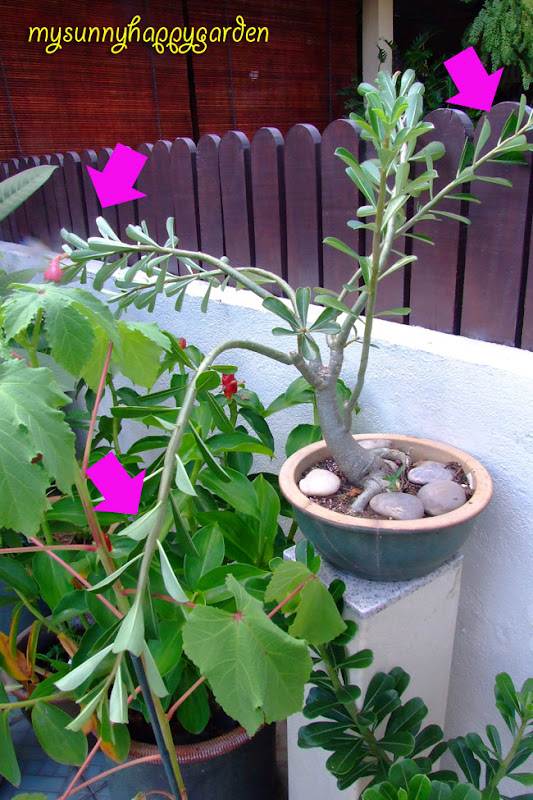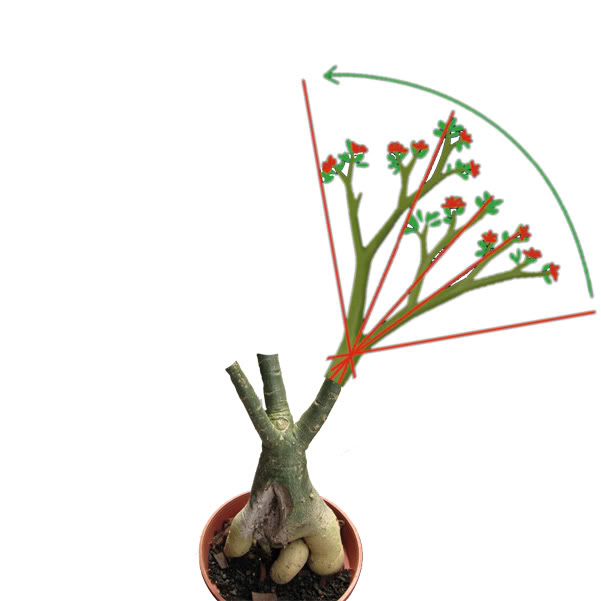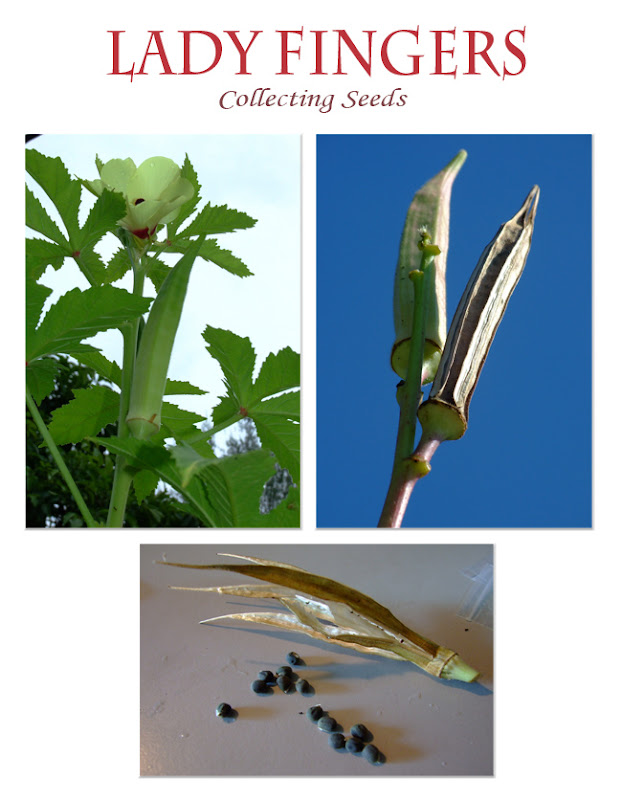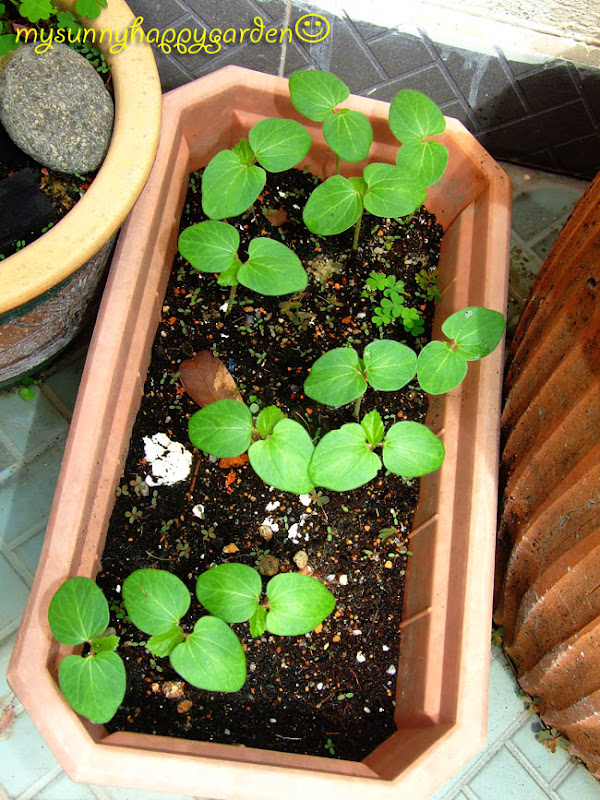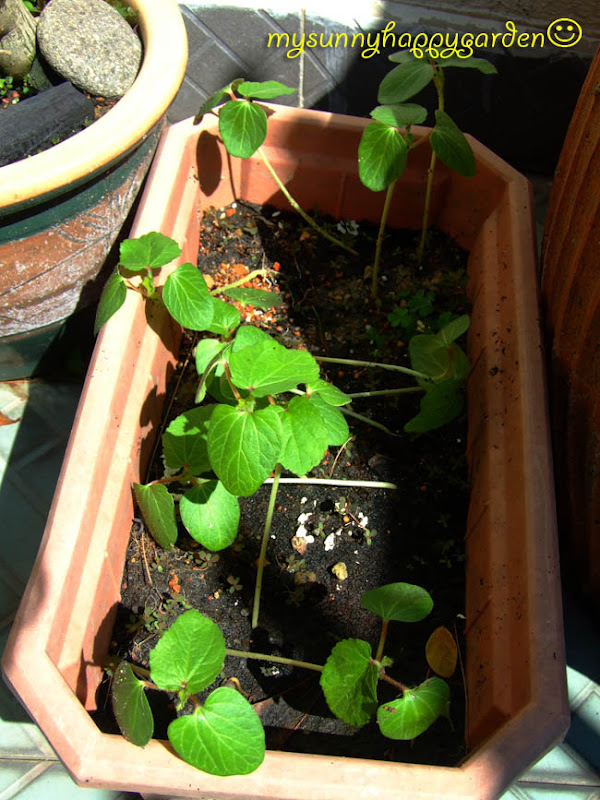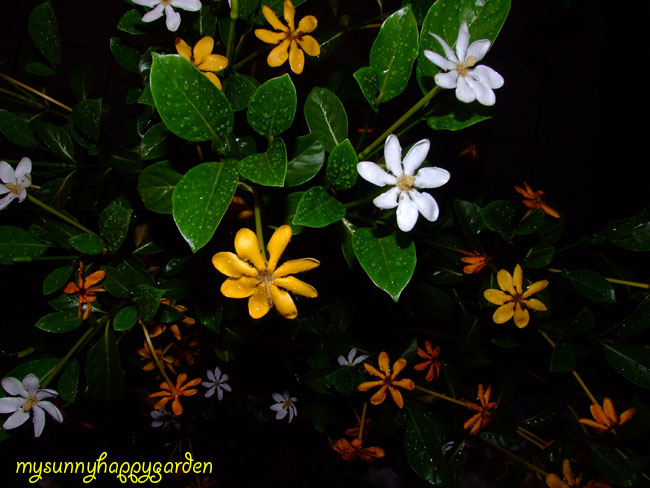In this blog, I have often featured my flowering plants and totally neglected my green leafy plants. After going through the plants in my garden thoroughly, I realized that I have quite a number of beautiful leafy plants.
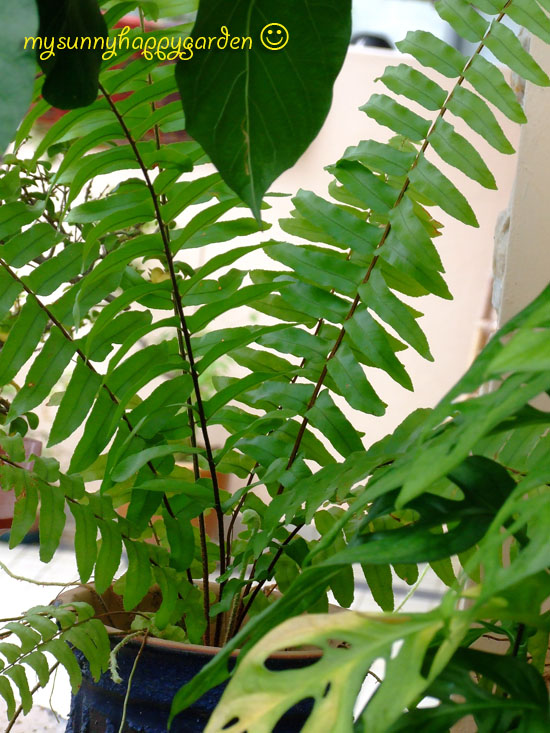
Wild fern
I have this wild fern growing in various cool dim corners of my garden. I don't pull them out as I feel they add a touch of the forest feel to my garden. This kind of fern is commonly seen when I go jungle trekking. Based on its habit, I assume it likes damn, shady environment to grow well.

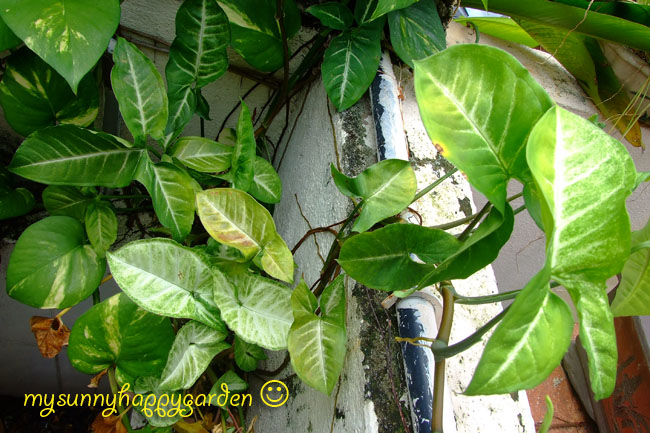
Above 2 photos: Species: Syngonium podophyllum/Nephthytis triphylla. Family: Araceae
Nickname: Goose foot
I think the above are 2 different species of the Syngonium plants. The top one has a narrower, longish leaves than the second photo. This is a creeper plant as you can see in the second photo that it has creeped over the wall. It is very easy to maintain and propagate. They grow healthily under the shades of my bigger plants. This photo was taken during rainy season and you can see that its leaves are green and lush. If planted under the hot, scorching sun, the leaves would turn into an unhealthy yellowish tone. To propagate, jus cut the stem place it in some water till it roots. Then transfer the stem into a medium that has good drainage and rich with organic matters.

Species: Scindapsus aureus/ Apipremnum aureum. Family: Araceae.
Nickname: Devil's Ivy or Money Plant. Locally called: Sireh Puteri.
This is a very common plant that can be found in many gardens in Malaysia. The heart shaped leaves and the variegated species make this plant attractive. It can be grown on soil or water. In my garden, it is grown on soil, used as grown cover for my bougainvillaea. As a climbing plant, it has climbed over my wall and grown healthily. My Chinese friends like to keep this plant as the name, Money Plant, is believed to bring one prosperity.
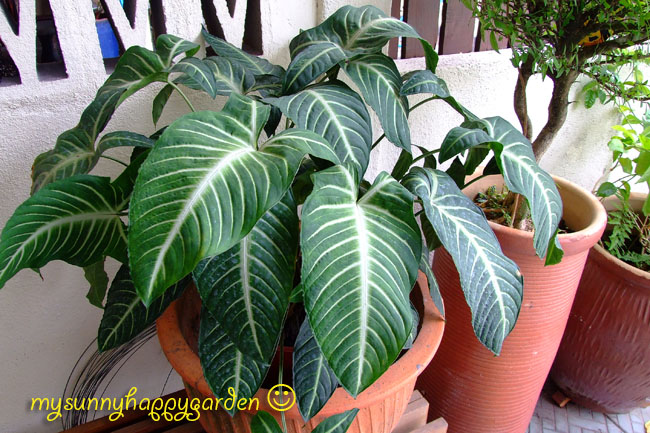
Xanthosoma sp. from the Araceae family. Locally called 'Keladi Belang'.
This plant grows well under the shade of my porch. The plant was bought from a nursery in Tangkak in April this year at RM16. To me, that is pricey but I love the attractive white patterns on its velvety dark green leaves. I have re-potted the original plant that I bought into this big pot and it is still growing well. This plant needs moist soil. The medium used are burnt soil and coco peat. On sunny days, this plant needs to be watered twice a day otherwise the leaves would droop. Too hot a day will scorch the edge of the leaves. So I will try to keep it under my porch as much as possible. Occasionally I will feed it with goat dung fertilizer.

Dumb Cane (Dieffenbachia).
I have 3 pots of Dumb Canes. They are growing very slowly yet beautifully. Probably I didn't feed them with fertilizers regularly. I like the glossy sheen on that new leaf in this photo.


I don't know the name of the 2 plants above. If any of you know them, I appreciate it if you can share your knowledge with me. Thanks ahead.
